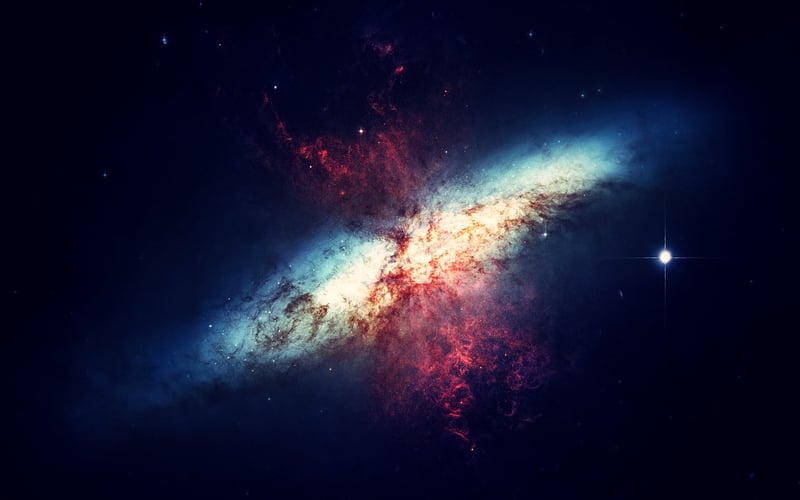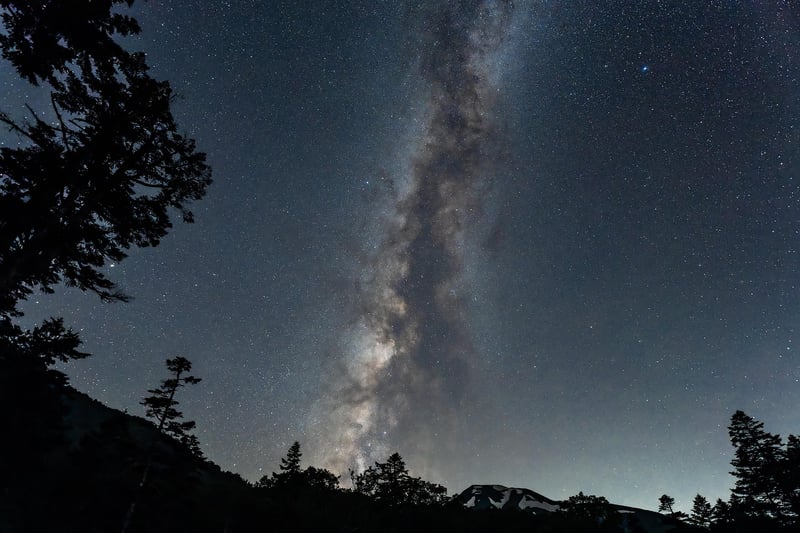Nebula Wonders
Unraveling the Mysteries of Space
Space, the final frontier, has always captivated the human imagination with its vastness and mysteries. From distant galaxies to shimmering nebulas, the universe holds wonders beyond our wildest dreams. Let's delve into the depths of space and explore the mesmerizing beauty of nebulae.
What are Nebulae?
Nebulae are enormous clouds of dust, hydrogen, helium, and other gases located throughout the universe. These cosmic formations serve as the birthplace of stars and planets, showcasing the awe-inspiring power of the cosmos. Nebulae come in various shapes and sizes, each offering a unique spectacle for stargazers and astronomers alike.
Types of Nebulae
There are several types of nebulae, including:
- 1. Emission Nebulae: These nebulae emit light as their gases are energized by nearby stars.
- 2. Reflection Nebulae: These nebulae reflect the light of nearby stars, creating a beautiful glow.
- 3. Planetary Nebulae: The remnants of dying stars, these nebulae display intricate shapes and colors.
- 4. Dark Nebulae: These dense clouds of gas and dust obscure the light from objects behind them.
Exploring Nebula Wonders
One of the most famous nebulae is the Orion Nebula, located in the Orion constellation. This stunning stellar nursery is visible to the naked eye on clear nights, showcasing a tapestry of glowing gases and newborn stars.
Another remarkable nebula is the Eagle Nebula, also known as the Pillars of Creation. Located in the Serpens constellation, this nebula features towering columns of gas and dust where new stars are born.
Beholding the Beauty
Witnessing the beauty of nebulae can be a truly humbling experience. Whether through a telescope or captivating images captured by space observatories, exploring these cosmic wonders offers a glimpse into the grandeur of the universe.
So, next time you gaze up at the night sky, remember that beyond the twinkling stars lies a realm of breathtaking nebulae waiting to be discovered.

Image Source: Pixabay
